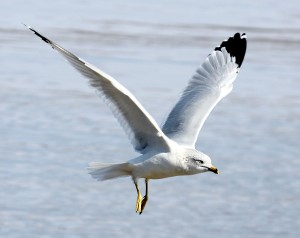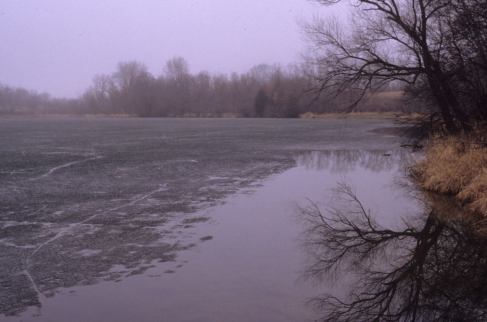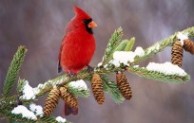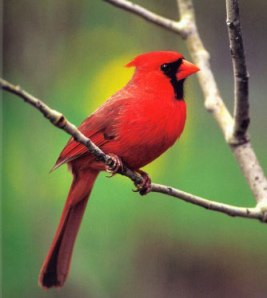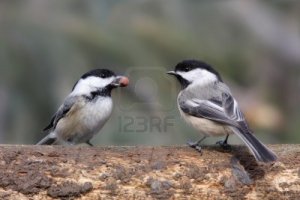One of the rare pleasures of growing older is that experiences are layered with decades of memories. We have an eastern wood pewee singing in our woods these summer days: Pee-o-wee (pause) Pee-o! and when I hear that sweet, plaintive call, I also hear, in memory, the little bird that inhabited the mixed woods of Morrison County behind our family cabin in the 1960s. His pee-o-wee was ceaseless during the magical days we were at the lake.
Eastern Wood Pewees do like mixed woods, those consisting of both conifers and deciduous trees. They aren’t fussy, either, over quality– even our ragged fringe of forest bordering Pioneer Lake seems acceptable. One of the last neotropical migrants to arrive in May, the modest, nondescript birds get down to the business at hand here in their summer North American homes: building nests, laying eggs and producing offspring. The small, gray birds are made noticeable by their voices. They sing nearly non-stop from dawn to dusk, their sweet companionable song filling the air as I type at my desk.
This week, I caught “our” bird’s opening chorus at 5 o’clock in the morning, as well. Although similar to the daily tune in tone quality, it was longer, a little varied and more embellished. It made me realize that, as with any bird, there’s a lot I don’t know about pewees.
T. S. Roberts’ The Birds of Minnesota records pewee nests with fresh eggs in both early June and late July, suggesting that despite their late start, Minnesota pewees double clutch. And long after other species have ceased their summer singing, the wood pewee continues its carols well into August, before leaving on its southern migration at the end of the month.
“Pee-o-wee” I hear it sing. “Pee-oh.” Summer flies by.




